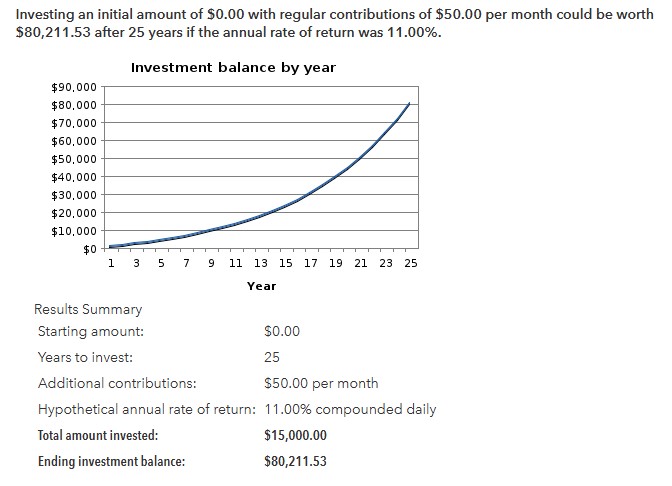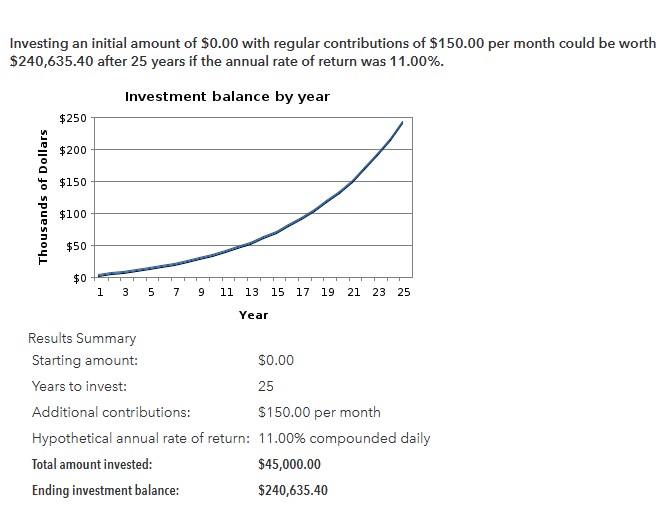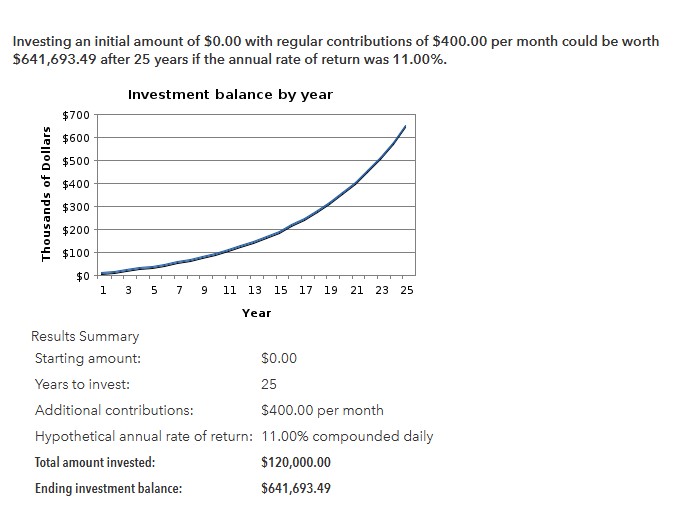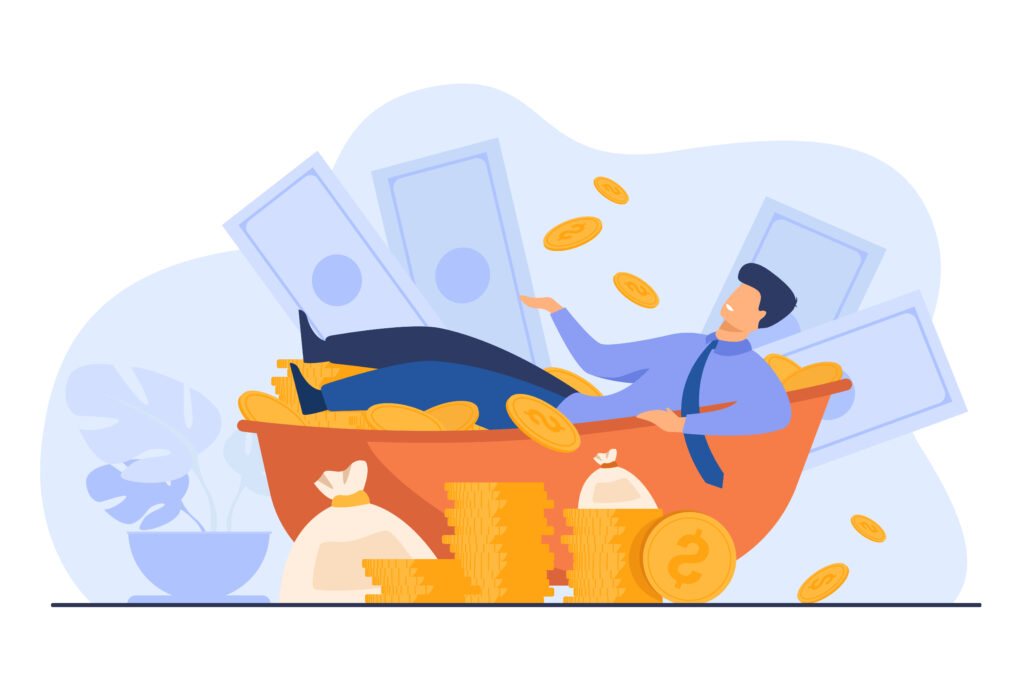Becoming Financially Independent: A Realistic and Powerful Guide
First, let me say this: it’s an honor to have this conversation. You’re here because you want to change your life for the better, and that decision alone is a step toward greatness. There are no coincidences. You’re in the right place, at the right time, with the right mindset. Let’s make this moment count.
The Truth About Wealth and Success
“Get rich quick” doesn’t exist. Anyone claiming otherwise is either misleading you or selling false hope. True success requires dedication, time, and a commitment to growth.
Success isn’t sudden. When people notice someone’s new car, house, or lifestyle, they rarely see the years of effort, sacrifice, and persistence behind it. They only see the result and call it “overnight success.” But make no mistake—success is built, not stumbled upon.
Money is a byproduct, not the goal. True financial independence isn’t about chasing money—it’s about building a life where you’re free to do what you love, wake up when you want, and live life on your terms. Reflect on this quote:
“It is far better to earn $5,000 a month passively than $50,000 a month working 15-hour days.”
The Long-Term Strategy: The S&P 500
Let’s talk about a powerful tool for building wealth: the S&P 500.
What Is the S&P 500?
- It’s a collection of the 500 top-performing companies in the United States.
- When you invest in the S&P 500, your money is spread across these companies. Each year, the list updates, replacing underperforming companies with new ones.
Why Does It Work?
- Historically, the S&P 500 has returned an average 9% to 11% annual profit, even during tough economic times.
- These companies represent the strongest sectors of the U.S. economy, making the index a relatively safe, long-term investment.
The Game Plan: Investing and Compounding
Open an Investment Portfolio.
This is your gateway to the S&P 500. Platforms like Vanguard, Fidelity, or similar services will manage the process for you.Start Small, Stay Consistent.
- You can begin with as little as $10 per month.
- Set a schedule—monthly, quarterly, or yearly—to invest consistently.
Leverage Compound Growth.
- Reinvest your earnings back into the S&P 500. This is the magic of compounding:
Your investments grow, and then your growth grows. - Over time, this leads to exponential wealth accumulation.
- Reinvest your earnings back into the S&P 500. This is the magic of compounding:
How Compounding Works: An Example
Imagine you invest in the S&P 500, contributing a small amount each month while letting your profits reinvest. Over time, your portfolio grows larger, not just from your contributions but also from the returns being added back into the investment.
Three Scenarios Over 25 Years
1- $50 per Month of investing in the S&P500


Let’s break this down into a real-life scenario to show you how even a small monthly investment can lead to life-changing results.
- Monthly Investment: $50
- Total Duration: 25 years
- Expected Growth Rate: 11% annual return
After 25 years of consistent investing, your portfolio would grow to $80,211.53 That’s the power of compounding—turning small, manageable contributions into a significant financial asset.
Turning It Into Passive Income
Once your portfolio has grown, you can stop investing and let it work for you. At an 11% annual return, your portfolio would generate $8,823 per year in profits—without you adding another dollar into it. That’s $735.25 per month in passive income. You can decide to take in your profits directly to your bank account.
2- $150 per Month of investing in the S&P500


Let’s break the second one down into a real-life scenario to show you how $150 monthly investment can lead to life-changing results.
- Monthly Investment: $150
- Total Duration: 25 years
- Expected Growth Rate: 11% annual return
After 25 years of consistent investing, your portfolio would grow to $240,635.40!
If you then decide to stop investing money in it and just want to take in the profits, At an 11% annual return, your portfolio would generate $26,469 per year in profits—without you adding another dollar into it. That’s $2,205 per month in passive income.
3- $400 per Month of investing in the S&P500


Let’s break the third one down into a real-life scenario to show you how $400 monthly investment can lead to life-changing results.
- Monthly Investment: $400
- Total Duration: 25 years
- Expected Growth Rate: 11% annual return
After 25 years of consistent investing, your portfolio would grow to $641,693.49!
If you decide to stop investing money in it and just want to take in the profits, At an 11% annual return, your portfolio would generate $70,586 per year in profits—without you adding another dollar into it. That’s $5,882 per month in passive income.
Do you see your options?
A Key Note About Flexibility in Investing
One of the best aspects of investing in the S&P 500 or similar portfolios is the flexibility it offers. You are not locked into contributing the same amount every month. For instance, one month you could invest $50, and another month, if your financial situation allows, you might increase that to $200 or more. This adaptability makes it feasible for people with varying budgets to participate and grow their wealth over time.
Some individuals who are eager to accelerate their financial growth choose to invest higher amounts consistently. For example, I know of couples who contribute $250 each per month and occasionally increase their contributions to $350 or more, especially after working overtime a couple days in the month for earning additional income to invest.
Building Wealth for Future Generations
Wealthy families often use this strategy to secure financial independence for future generations. When they have a new child, they might open a portfolio in the child’s name and invest modest amounts, such as $50–$100 per month. By the time the child turns 18, the portfolio has grown substantially, providing them with a strong financial foundation.
In some cases, these children take over the contributions themselves, continuing the cycle of wealth-building. Families with generational wealth often pool their resources into a single portfolio. Each family member—parents, spouses, and even children—contributes a small amount, such as $20–$50 per month, creating exponential growth over the years. Imagine inheriting a portfolio your grandparents started 50 years ago and building on it for the next 50 years.
A Balanced Approach to Reinvestment
One effective strategy is to reinvest only a portion of the profits while using the rest as income. For instance, you might choose to live off 75% of the annual profits while reinvesting the remaining 25% to keep growing the portfolio. This approach ensures you enjoy the fruits of your investments while still nurturing the compounding effect for the future.
This Is Your Opportunity
Listen, I really want you to take this seriously. Think about what this could mean for you—financial freedom, stability for your family, and the ability to build a legacy that lasts for generations. This isn’t just some idea; it’s a proven strategy that can genuinely change your life if you’re willing to commit to it with patience and discipline.
I know it feels overwhelming, but success is absolutely within your reach. It starts with one step. Imagine using your profits to invest in real estate, creating another layer of stability and a steady income stream. These are the kinds of moves that don’t just change lives—they redefine futures.
I’ve seen families take this to heart and decide to invest $1,000 a month just to speed things up. Sure, compounding takes time to grow, but the results? They’re worth it. There are people out there with millions in their portfolios, earning $100,000 to $200,000 every month. That’s not just income—that’s generational wealth.
And here’s the thing: time is going to pass anyway. Why not use it to your advantage? Automate your investments, set it, and let it grow in the background. You don’t even have to think about it. Imagine looking back in a few years, knowing you made the decision that set everything in motion. You’ll thank yourself for starting now.
This is your moment. I believe in you, and I know you can do this. Let’s make it happen.
Oh, and did I mention? Your portfolio is always available. You can access the full amount of your investment whenever you want. It’s your money, my friend—completely under your control. That’s the beauty of it.
Patience is Key
- Building wealth is a marathon, not a sprint.
- Over 20–30 years, consistent investing and compounding will create life-changing results.
- At first, progress will seem slow, but eventually, you’ll experience the “hockey stick” effect, where your wealth skyrockets seemingly overnight.
Read our other articles:
How to set a life goal?
What is personal development?
How do I overcome fear of failure?



